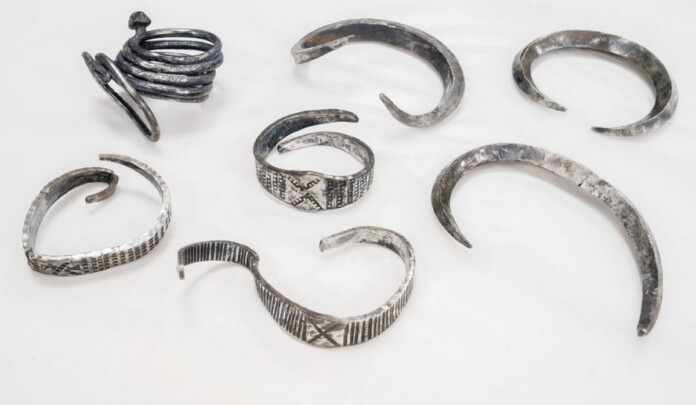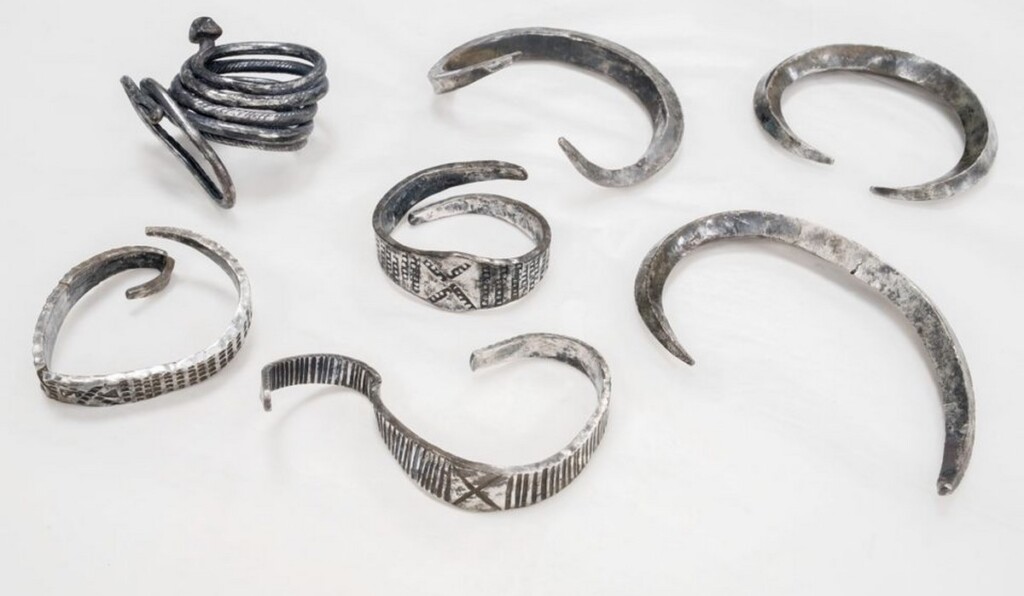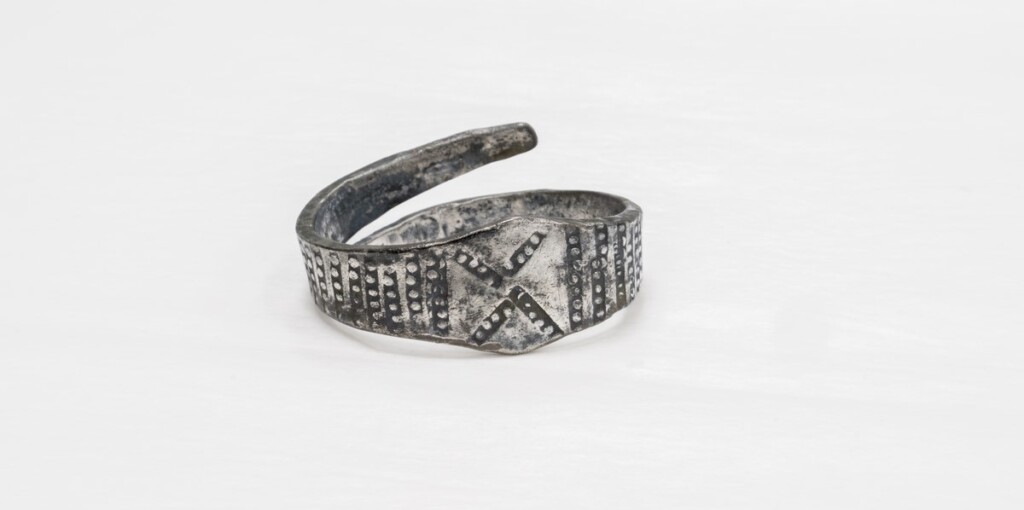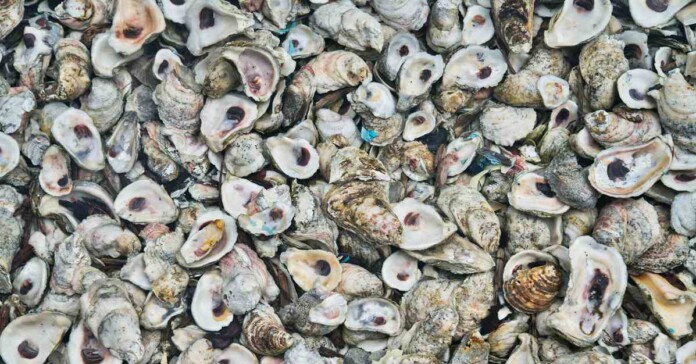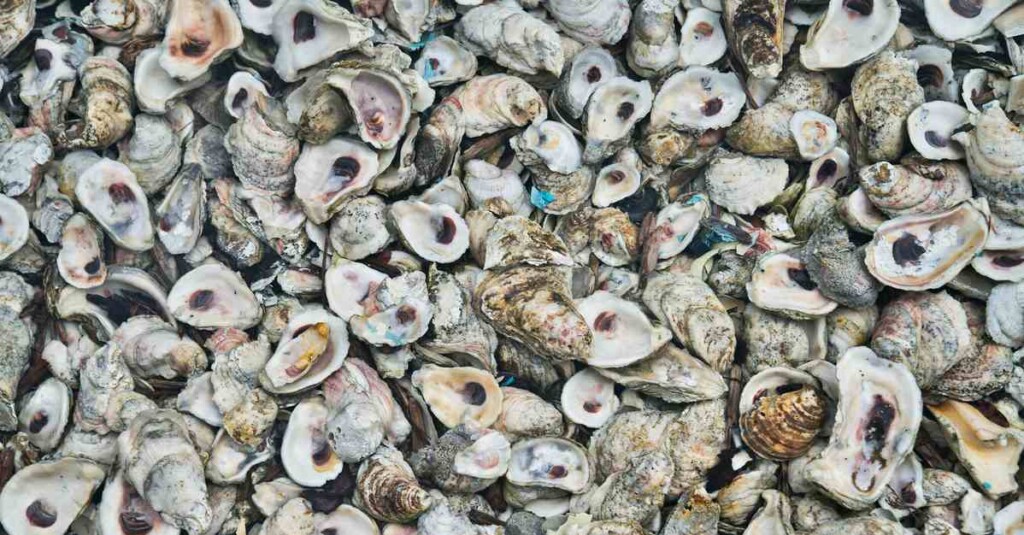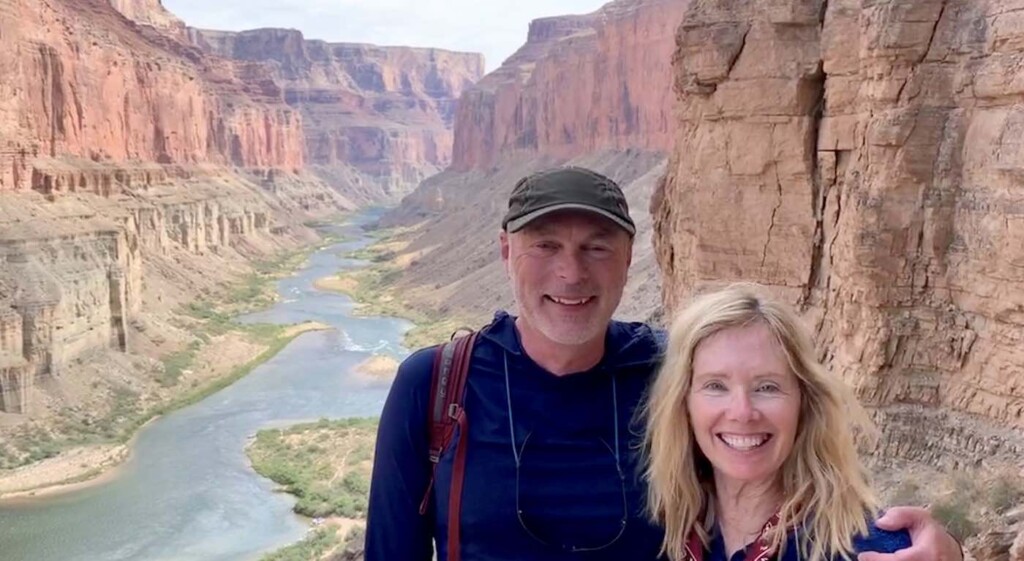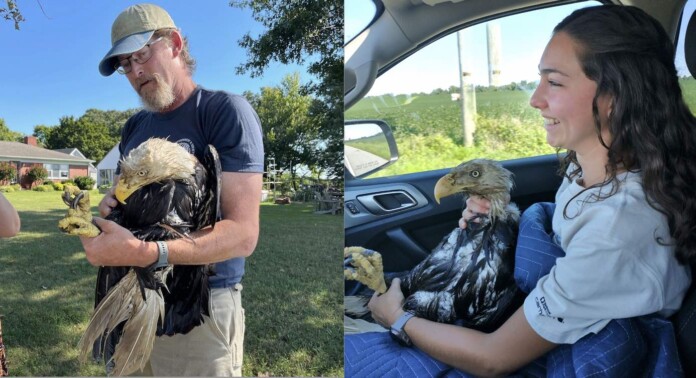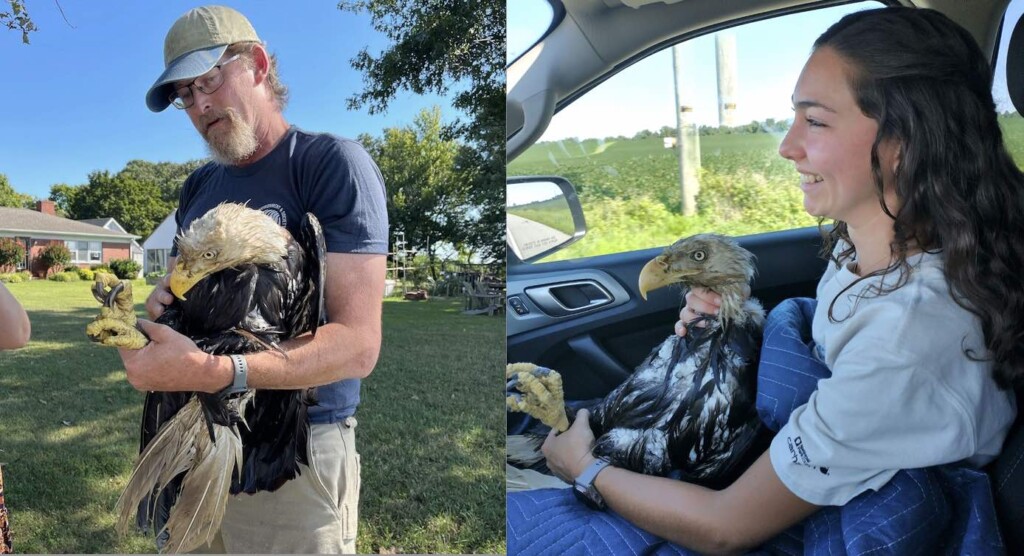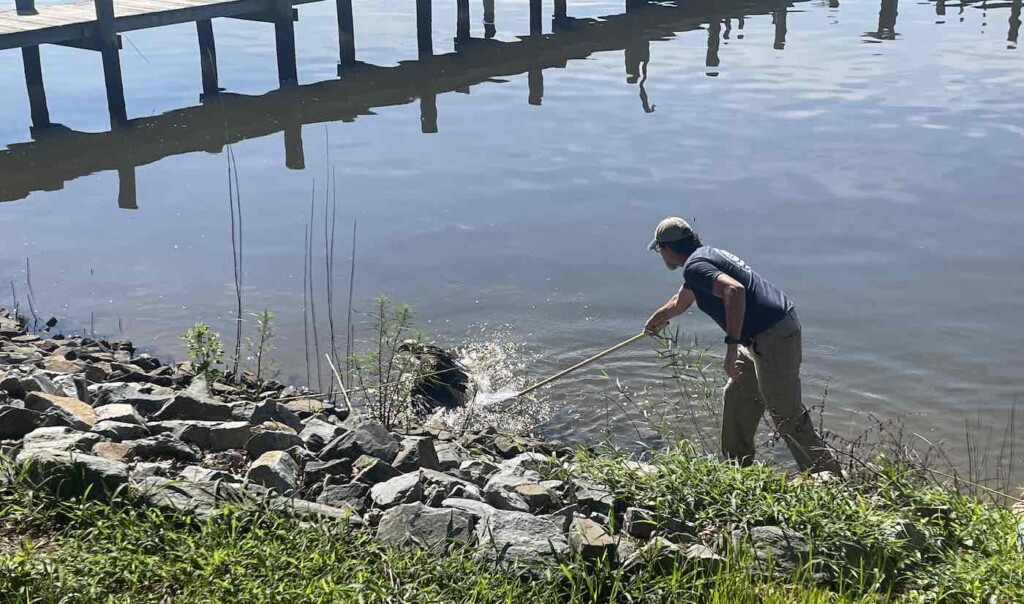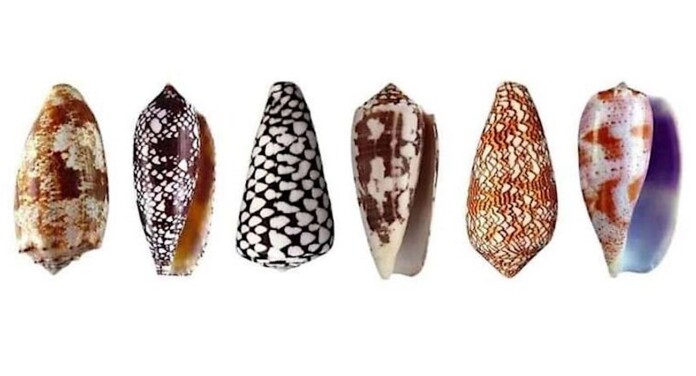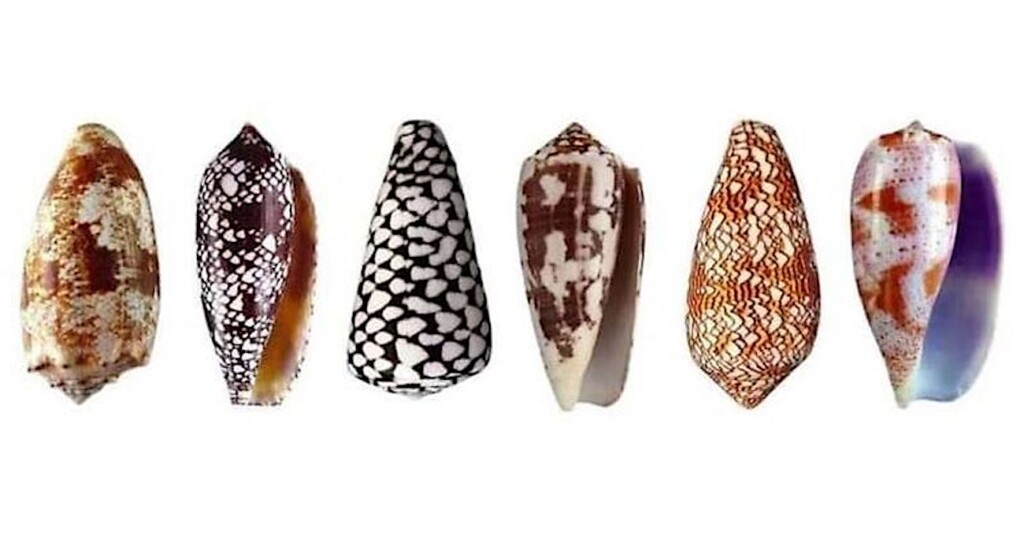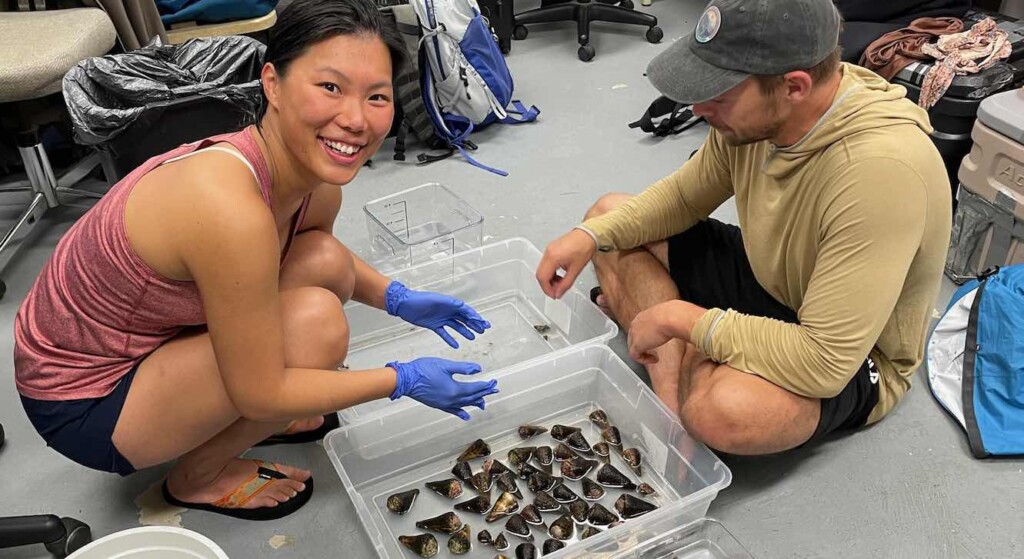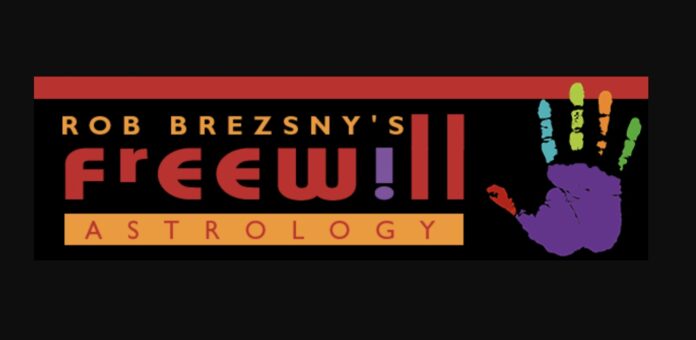Our partner Rob Brezsny, who has a new book out, Astrology Is Real: Revelations from My Life as an Oracle, provides his weekly wisdom to enlighten our thinking and motivate our mood. Rob’s Free Will Astrology, is a syndicated weekly column appearing in over a hundred publications. He is also the author of Pronoia Is the Antidote for Paranoia: How All of Creation Is Conspiring To Shower You with Blessings. (A free preview of the book is available here.)
Here is your weekly horoscope…
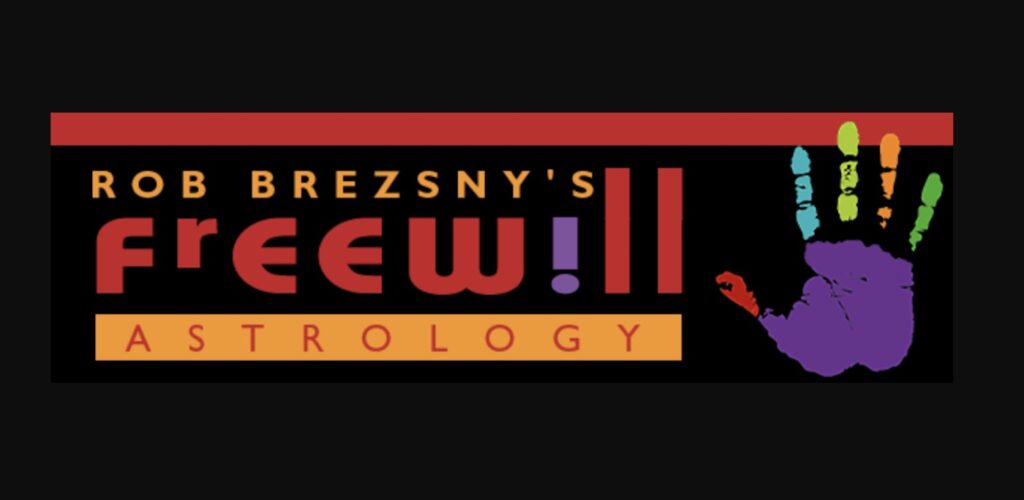
FREE WILL ASTROLOGY – Week of August 24, 2024
Copyright by Rob Brezsny, FreeWillAstrology.com

VIRGO (Aug. 23-Sept. 22):
Now and then, zoologists decide that their classifications of species need to be revised and refined. For example, three subspecies of soft-furred, teardrop-shaped hedgehogs in Southeast Asia were recently elevated to distinct species of their own. They are no longer considered to be subspecies of Hylomys suillusbut, but are now named H. dorsalis, H. maxi, and H. peguensis. I bring this to your attention, Virgo, because I suspect that you, too, are ready for an upgrade to a new category all your own. It’s time for you to claim greater sovereignty. You will be wise to define how distinctive and unique you are, to distinguish yourself from influences that are superficially like you.

LIBRA (Sept. 23-Oct. 22):
When mega-famous artist Pablo Picasso was asked how he felt about NASA landing people on the moon in 1969, he said, “It means nothing to me. I have no opinion about it, and I don’t care.” I invite you to use his statement as one of your power mottoes in the coming weeks. Now is an excellent time to identify the experiences, influences, events, and people about which you have absolutely zero interest. Once you do that, I predict you will have a rush of clear revelations about the most interesting experiences, influences, events, and people you want in your future.

SCORPIO (Oct. 23-Nov. 21):
The ancient Chinese philosopher Lao-Tzu made an observation that could serve as your watchword in the coming months. “Being deeply loved by someone gives you strength,” he wrote, “while loving someone deeply gives you courage.” In my astrological opinion, Scorpio, you are now primed to embody and express these states with unique intensity. If you embrace the inspiring challenge of loving deeply and being loved deeply, you will reach new heights of strength and courage.

SAGITTARIUS (Nov. 22-Dec. 21):
Many musical instruments must be constantly adjusted to ensure they stay in tune. This usually means that the note A above middle C vibrates at 440 cycles per second—with all other notes tuned in relation to it. Having sung in bands for years, I have seen how guitarists, bass players, violinists, and even drummers have to continually attend to their tuning during performances. Imagine the diligent finesse it takes to keep an entire orchestra of many instruments in tune with each other. I suspect that one of your jobs in the coming weeks, Sagittarius, will have similarities to this kind of management and coordination.
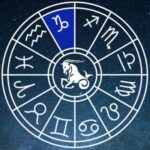
CAPRICORN (Dec. 22-Jan. 19):
Dancing is always good for you, but it will be extra healthy and energizing in the next four weeks. I hope you will be inspired to dance as often as possible, even if you just do it alone in your kitchen or bedroom while listening to music that moves you. Do you need rational explanations for why this is a good idea? OK, here are the hard facts: Dancing reduces stress, raises serotonin levels, enhances well-being, and is excellent physical exercise. Here’s another motivational reason: Dancing literally makes you smarter. Scientific research clearly says so. Furthermore: In the near future, you will be in a playful, sexy, exuberant phase of your astrological cycle.
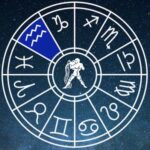
AQUARIUS (Jan. 20-Feb. 18):
“Quo signo nata es?” is the Latin expression for What’s your sign? Did anyone in ancient Rome ever say that? Probably not, since it’s a modern idiom. However, astrology was very popular in that society and era. According to scholar Rhianna Padman in her essay Astrology in Ancient Rome, Romans “believed that the specific positions of celestial bodies at the moment of a person’s birth could greatly impact their life and character.” Back then, Thrasyllus of Mendes was a prominent astrologer who became a key advisor to Emperor Tiberius. Anyway, Aquarius, I bring “Quo signo nata es?” to your attention so as to inspire the following assignment: Update all your old favorite things. Put new spins on symbols and ideas that have served you for a long time. Take the best parts of your traditions and transplant them into the future.

PISCES (Feb. 19-March 20):
The coming weeks will be an excellent time to declare amnesty about all matters affecting your close alliances. Dissolve grudges, please. Tussle less, play more. Relax your demands and expectations—and nicely ask your companions to relax their demands and expectations. If possible, forgive others and yourself for everything; failing that, forgive as much of everything as feels right. You might even convene a ritual in which you and your intimate collaborators chant the following affirmation: “We are gleefully free to reimagine and reinvent the ways we fit together!”

ARIES (March 21-April 19):
Some centenarians testify they have lived more than a century because they smoked many cigarettes, drank a lot of booze, and ate a steady diet of junk food. Should the rest of us adapt their habits? Of course not. The likelihood of remaining healthy while following such an unsound regimen is infinitesimal. Just because a few lucky people miraculously thrived like that is not a sound argument for imitating them. I bring this to your attention, Aries, because the coming weeks will be an excellent time to upgrade your commitment to healthy habits. If you’ve been waiting for the right time to love your body better, this is it.
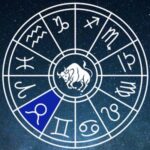
TAURUS (April 20-May 20):
Taurus stage magician Doug Henning had lavish ambitions. They served him well as he became a star performer in theater and on TV. “If I produce a 450-pound Bengal tiger,” he said, “it’s going to create a lot more wonder than if I produce a rabbit.” That’s the spirit I invite you to embrace in the coming weeks, Taurus. The cosmos is authorizing you to expand your understanding of what you can accomplish—and then accomplish it. Dream bigger dreams than you have previously dared.

GEMINI (May 21-June 20):
The color of planet Earth is predominantly blue with green, brown, and white mixed in. And for people all over the world, blue is more often their favorite color than any other. Why? In part because blue typically evokes peace, tranquility, security, and stability. It’s often used in therapeutic environments, since it makes us feel more at ease about expressing our feelings. I bring these thoughts to your attention, Gemini, because you are entering a blue phase of your cycle. It will be a favorable time to harvest the benefits of relaxing and slowing down. You are more likely to feel at home with yourself and accept yourself just as you are.

CANCER (June 21-July 22):
Harvard Business School professor Gerald Zaltman, born under the sign of Cancer, says that 95 percent of our buying choices originate in our subconscious minds. Behavioral psychologist Susan Weinschenk believes 90 percent of all our decision-making is unconscious. But I propose that in the coming weeks, you increase the amount of conscious awareness you bring to sorting out your options. Cosmic energies will conspire in your favor if you do. You will receive unexpected boosts and generate creative enhancements if you resolve to rouse more lucid analysis and careful thoughtfulness.
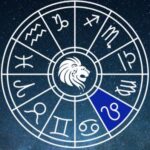
LEO (July 23-Aug. 22):
A wealthy hedge fund manager named Raj Rajaratnam paid Leo singer Kenny Rogers $4 million to perform at his epic birthday party. But the night turned nightmarish for Rogers when Rajaratnam insisted that he sing his hit song The Gambler over and over again. Finally, after 12 repetitions, Rogers refused to do more… I wonder if you, too, might soon have to deal with a situation that’s too much of a good thing. My advice: Make sure all agreements between you and others are clear and firm. Get a guarantee that you will receive exactly what you want, and don’t do more than you have promised.
WANT MORE? Listen to Rob’s EXPANDED AUDIO HOROSCOPES, 4-5 minute meditations on the current state of your destiny — or subscribe to his unique daily text message service at: RealAstrology.com
SHARE The Wisdom With Friends Who Are Stars in Your Life on Social Media…



























